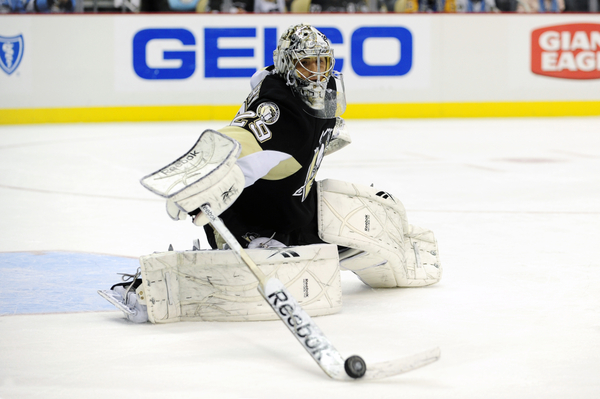So, you want to play one of the fastest sports on the planet? A sport in which large humans move at over 20 miles per hour with knives on their feet? A sport where a small, pulverized piece of rubber can reach speeds of over 100 miles an hour? Let’s put some body armor on you first. Hockey equipment is the only thing protecting you out on the ice.
This is part of our Hockey 101 series, geared towards the new fan. Other posts in the series are here.
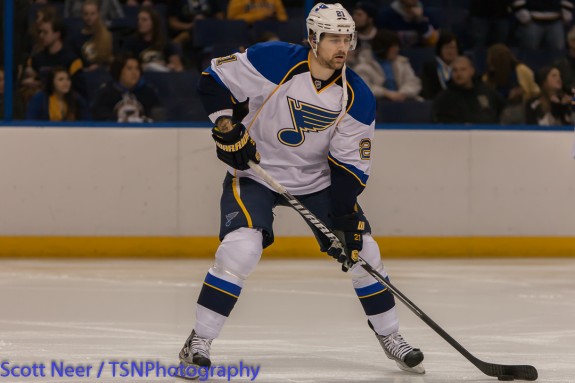
Forwards and Defensemen
From top to bottom, a hockey player is virtually covered in padding. Of course, this doesn’t make them invincible, but it does make the game safer.
Helmets
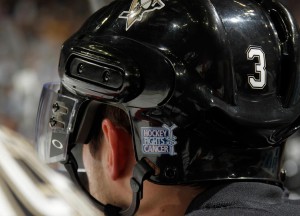
Made from high tech plastics, hockey helmets come in all shapes and sizes. With a foam shell on the inside for comfort and padding, a helmet is required for all players. A visor is optional in the NHL and professional leagues while all lower levels require full face shields.
Mouthguard

Formed to the player’s mouth, a mouthguard prevents damage to the teeth and jaw. Not all players wear mouth pieces, but if you want to keep your teeth, you would do well to find one.
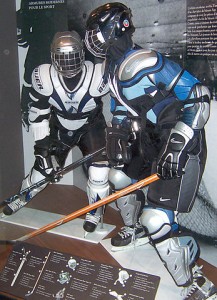
Shoulder Pads
Shoulder pads cover more than just the shoulder. With protection ranging down to the chest area as well. This piece of equipment makes play more physical allowing for body checks and blocking shots.
Elbow Pads
The elbow pads also cover more than their name suggests. Elbow pads often cover the parts of the arm that are exposed as well as the elbow itself. This is why you can see padding down by the lower arm when two players engage in a fight.
Gloves
Made of anything from a simple foam to premium leather, gloves are used to protect the hands and wrist areas. The thumb of a glove is reinforced to provide stability while the palms and undersides of the fingers are covered with leather to improve grip on the hockey stick.
Hockey Pants
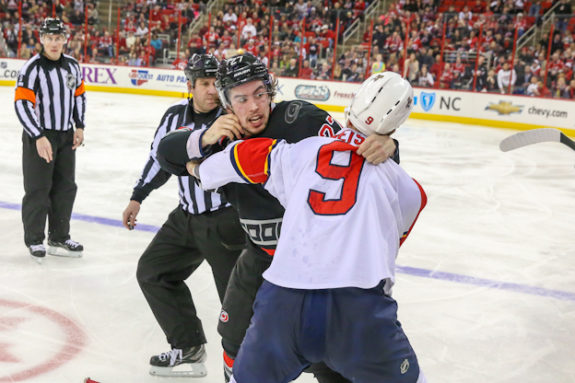
The hockey pant is actually more like a pair of padded shorts. It is color-coordinated with a hockey team’s colors. It provides padding for the thighs, hips, and tailbone regions.
Cup
The cup, or jock strap, provides protection to the groin area with a high density plastic.
Knee Pads
From the knee to the top of the foot, a skater is protected by knee pads. More plastic over the knee and frontal bones going down the leg. There is little or no protection to the calf area, however. The hockey sock covers these.
Skates
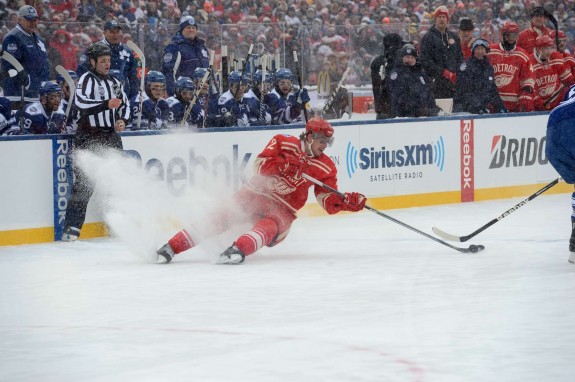
Leather boots with a blade attached at the bottom, ice hockey skates differ from figure skaters’ in many ways. A hockey skate is heated while the player first wears it to form to the skater’s foot. The blade also lacks the toe pick and has a rounded heel. Extra protection is provided on the toe and heel regions of the boot.
The Hockey Stick
The essential tool for any and all hockey players. We will go into depth on the different hockey sticks available to skaters later. Sticks come in all shapes, sizes, angles, and flexibilities.
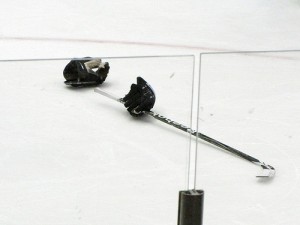
Goaltender Equipment
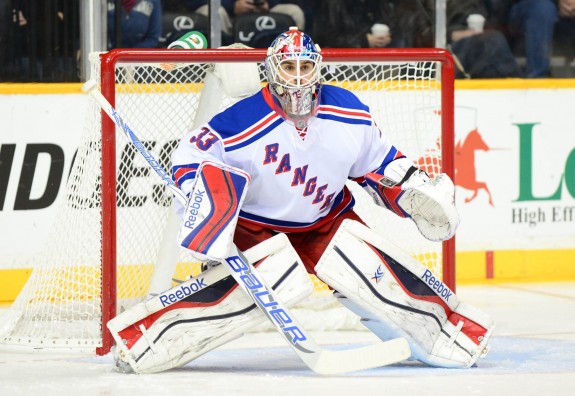
If a skater is in a suit of armor, we may as well call goalie gear a fort. Goalies intentionally catch shots with their bodies. With the puck moving at an average of at least 70 miles an hour at them all night, goalie equipment makes the impact of a slapshot feel like nothing at all.
Helmet
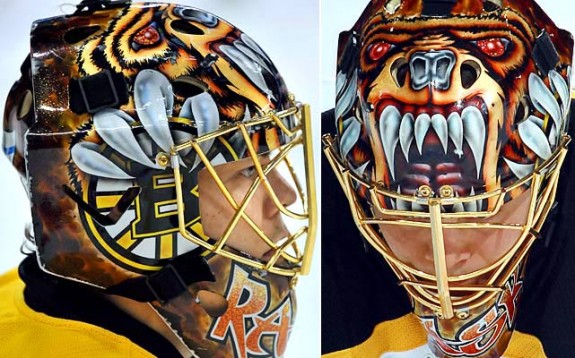
Vastly different from a skater’s helmet, goalie helmets resemble something like a motorcycle helmet. Providing 360 degree protection, the goalie helmet wasn’t always required. Old style hockey had men braving the game taking shots to the face often. Goalies do not wear mouthguards as their helmet encases their head in full protection. A wire cage in front allows for vision and protection.
Neck Shield
The shield is a thin form of plastic that hangs down from the bottom of the goalie mask. It provides protection from shots that might find the exposed area between the mask and chest protector.
Chest/Arm Protectors
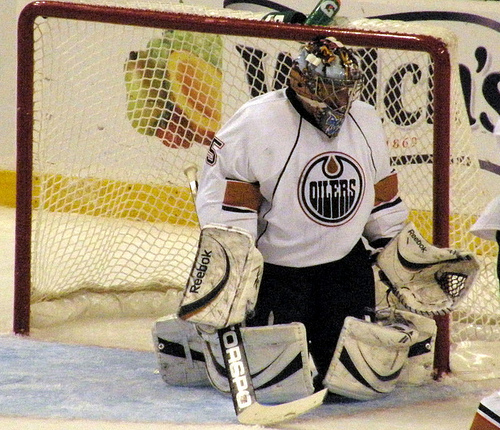
Thicker, yet lighter than the skater’s chest pads, these pads offer seamless protection for virtually everything above the belt. Biceps, forearms, elbows, shoulders, the chest and even the lower abdomen is covered. Little padding is provided for the back and spine to save on weight.
Blocker
Worn on the goalie’s dominant hand (whichever hand he holds the goal stick with), the blocker is a rectangular leather pad. On the underside, there is a standard glove in which the goalie uses to grip his stick.
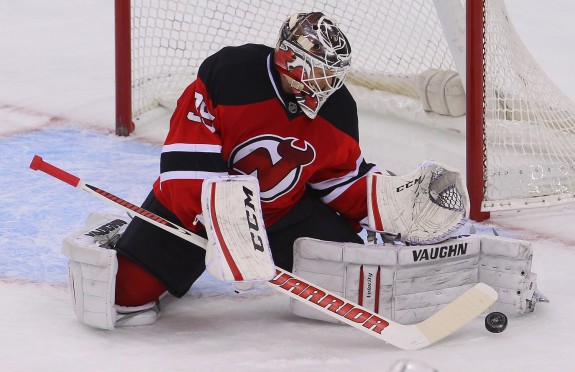
Catching Glove
More leather here. An open webbed gloved with wrist protection. The glove is used to freeze the puck while on the ice or (obviously) catch incoming shots. The catching glove does not allow for use of the hand like the blocker does.
Hockey Pant/Goal Jock
Different from the skater’s hockey pant as well, the goalie pant is combined with a different type of jock strap. There is little protection for the groin by the pant, but that is taken care of by the jock. The jock for a goalie is a sturdier and more flexible version to allow goalies to make sprawling saves without compromising protection.
Goalie Pads

Gigantic knee pads, if you will, are one of the most important parts of a goalie’s game. Designed to allow a goalie to slide across the ice and thick to make saves with the legs absolutely painless. When a goalie drops to his pads, he isn’t actually dropping to his knees every time. Most of the time, to maximize his width, the netminder will actually drop to the side of their knee. The pad then is showing its wide surface to the play ahead of the keeper. They cover above the knee down to the skate. Recently, NHL rule changes made the width of these pads thinner. The result has been higher scoring games and harder working goalies.
Goalie Stick
The stick, or paddle, for goalies is not the key tool it is for skaters. While the goalie stick is necessary for many saves and stances, the goaltender will hardly use his stick offensively. A goalie stick is the unsung hero of many saves. A goalie who drops to his pads will bring the stick down and stand it up on its edge to cover as many holes as possible.
